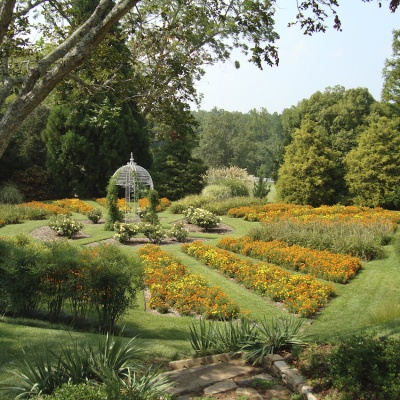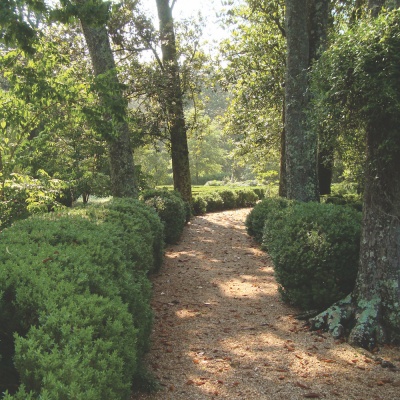The Storm is Here: A Boxwood Blight Update
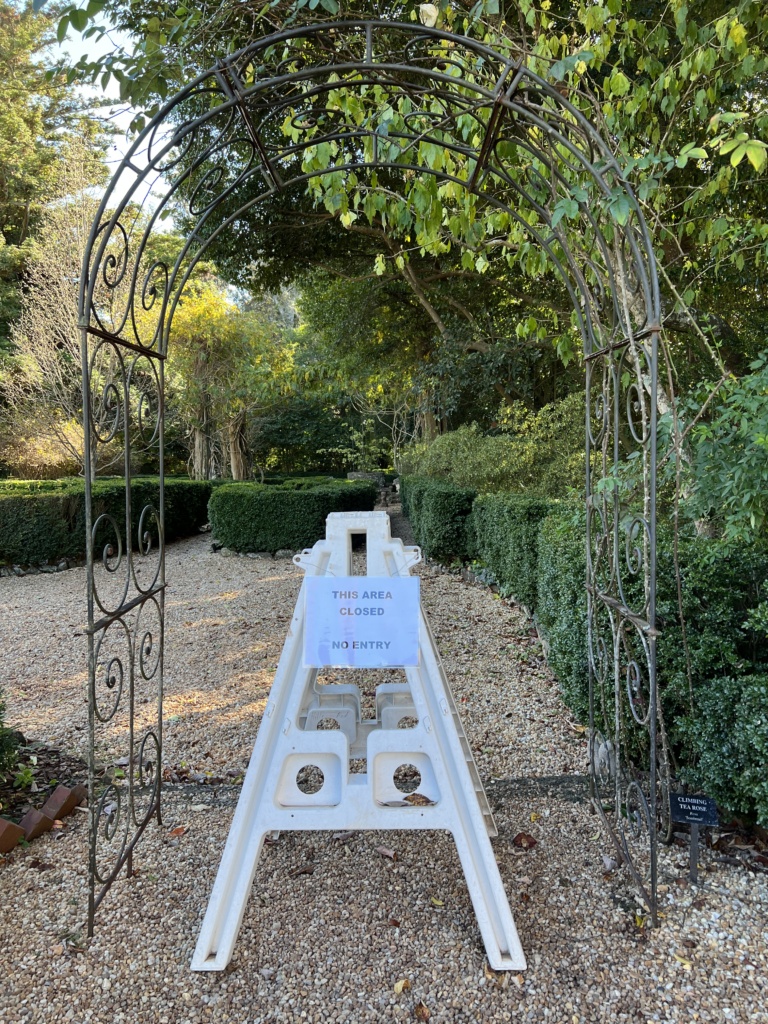
In The Portico from Fall 2014, an article titled “Threatening Clouds on the Horizon” was included for the purpose of informing readers about boxwood blight, an aggressive fungal disease that was imported into this country in 2011. As explained in that piece, infected boxwood had been discovered in Georgia earlier in 2014, but only in metro Atlanta. The measures being implemented to prevent the possible introduction of the disease to the beloved historic boxwood garden at Hills & Dales were given, which included having guests step on mats filled with a disinfectant solution before coming up to the house and garden for tours. Since then, we were heartened that the protocols used were successful in keeping the alarming prospect of box blight at bay, so to speak. The situation has now changed, however, and an update to the narrative surrounding this threat is in order, particularly for our members and other friends who appreciate the beauty and historical significance of this property.
Boxwood blight was detected on shrubs at our Visitor Center slightly over a year ago, in December 2020. Swift action followed, and to reduce the likelihood of spread of the causal pathogen to the imminently more valuable landscape surrounding the Callaway home, all of the boxwood in front of the Center was removed and destroyed. This might have seemed like a somewhat drastic decision to some, although a very attractive planting using alternative shrubbery was installed soon afterward. In hindsight, however, more stringent measures should have been taken, as then-healthy box left growing behind the building began to succumb this past September and have since been taken out.
An even more troubling discovery came in late October, when early symptoms of the disease were found within the oldest part of the estate’s grounds—the antebellum Ferrell Gardens. Boxwood shrubs in three different locations in the Church Garden were affected, causing that portion of the historic garden to be closed, at least temporarily, in the hopes that further spread can be curtailed. Also, a preventative fungicide spray program has been initiated, a step that we hoped to be able to avoid due to the sheer number of shrubs involved and the size and complexity of the landscape’s design.
That brings us to the present, where this issue has gone from being an uncomfortably close risk to a real battle that is now on our hands. While there is still no confirmed cure, in-depth research has been underway since this blight first began to decimate gardens in Europe and other parts of the globe. Caretakers at other historic properties have given us encouragement that, while being an acute and unwelcome challenge, it need not, as one said, “be a death sentence” for our boxwood. So, we will fight—and pray! This garden has overcome many challenges in its 180-year history. We’re asking that you also pray it will prevail once again. ~JP
For more information on Boxwood Blight, visit the following:
http://www.extension.uga.edu and enter boxwood blight in the search bar
The Boxwood Blight Task Force at https://ext.vt.edu/agriculture/commercial-horticulture/boxwood-blight.html
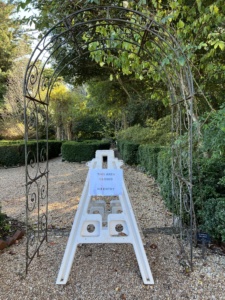 |
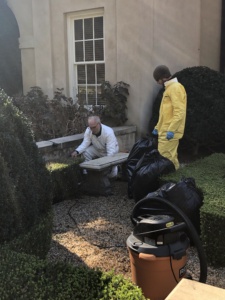 |
 |
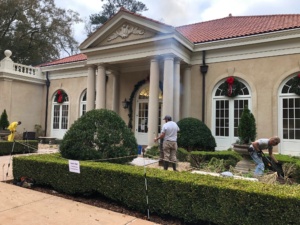 |
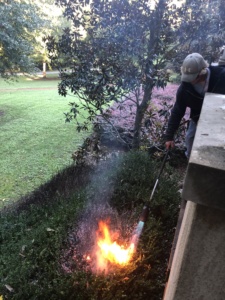 |
View this entire Portico Newsletter:
